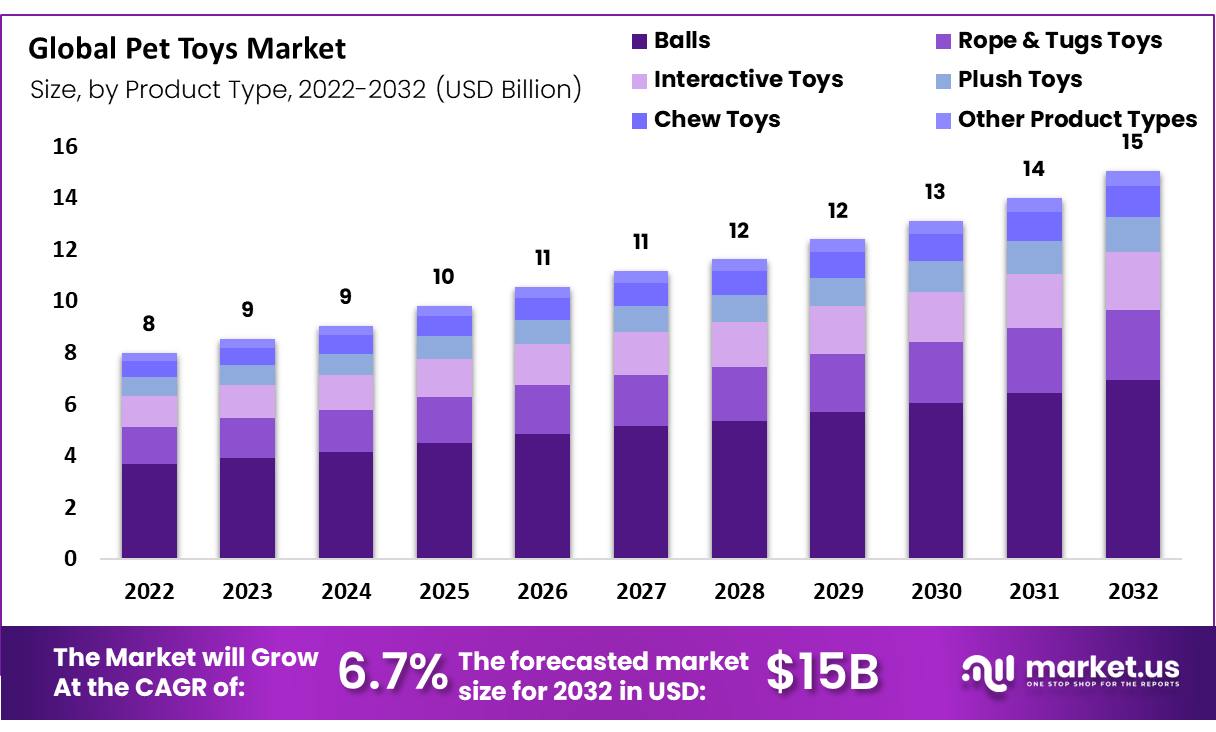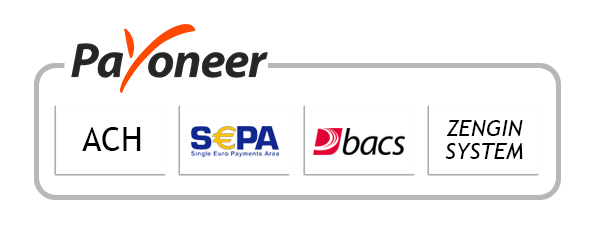In recent years, the pet industry has experienced significant growth and diversification. Pet owners have become more conscious of their pet’s physical and mental well-being, leading to an increased demand for various products and accessories. One such category is pet toys, which not only provide entertainment but also promote exercise, mental stimulation, and bonding between pets and their owners. The pet toys market has witnessed substantial expansion, driven by the growing population of pets and the evolving consumer preferences for interactive and engaging toys. This article explores the trends, factors, and opportunities in the pet toys market, shedding light on the fascinating world of toys for our beloved furry friends.
Rising Popularity of Pet Toys
Over the years, pet owners have become more aware of the benefits of toys for their furry companions. Pet toys help prevent behavioral problems such as excessive chewing, separation anxiety, and boredom-induced mischief. They also aid in dental hygiene, keeping their teeth clean and healthy. The increasing pet ownership rates and the rising trend of humanization have fueled the demand for pet toys. Pet owners now consider toys as an integral part of their pet’s life, prioritizing their playtime and overall well-being.
Types of Pet Toys
The pet toys market offers a diverse range of options to cater to the unique preferences and needs of different pets. Here are some popular types of pet toys:
1. Chew Toys
Chew toys are specifically designed for pets with a natural instinct to chew. These toys are made from durable materials such as rubber, nylon, or natural fibers. Chew toys help satisfy a pet’s urge to chew, alleviate teething pain, and promote healthy dental habits.
2. Interactive Toys
Interactive toys are designed to engage pets in mental and physical activities. These toys often incorporate puzzles, treat-dispensing mechanisms, or electronic features that stimulate their senses and problem-solving abilities. Interactive toys provide entertainment and prevent boredom, keeping pets mentally active and stimulated.
3. Plush Toys
Plush toys are soft and cuddly toys that are particularly popular among dogs and cats. These toys resemble animals, characters, or objects, and they provide comfort, companionship, and a sense of security to pets. Plush toys are often used for comfort during sleep or playtime.
4. Puzzle Toys
Puzzle toys challenge pets mentally and encourage them to think and strategize. These toys usually have hidden compartments, sliding panels, or treat-hiding features that require pets to solve puzzles to access the rewards. Puzzle toys enhance problem-solving skills and keep pets entertained for extended periods.
5. Electronic Toys
Electronic toys have gained popularity due to their interactive and engaging nature. These toys often produce sounds, lights, or movements that captivate pets’ attention and stimulate their curiosity. Electronic toys provide entertainment and can be used for training purposes as well.
Market Insights
Market.us predicts the global pet toys market could reach US$ 15 billion by 2022 and is projected to experience steady growth, reaching an expected value of $8 billion by then. Market.us believes its presence can be leveraged across both commercial and residential settings in both markets, driving its projection of this figure forward. The market is being driven by the increasing demand for pet toys from pet owners around the world. Pet owners are increasingly spending money on their pets, and toys are a major category of pet spending.

Factors Driving the Pet Toys Market
Several factors have contributed to the growth and expansion of the pet toys market. Let’s explore the key drivers behind this flourishing industry:
1. Humanization of Pets
Pets are increasingly being regarded as family members, leading to a surge in the demand for products that enhance their well-being. Pet owners are willing to invest in high-quality toys to provide their pets with a comfortable and enriched lifestyle. The humanization trend has propelled the pet toys market, as owners seek products that mimic human experiences and fulfill their pets’ emotional and physical needs.
2. Health and Well-being Concerns
With a growing focus on pet health and wellness, pet owners are actively seeking toys that promote exercise and mental stimulation. Regular playtime with toys helps pets burn excess energy, maintain a healthy weight, and prevent obesity-related issues. Furthermore, toys that challenge pets mentally contribute to their cognitive development and overall well-being.
3. Increasing Disposable Income
The disposable income of pet owners has witnessed a steady rise, enabling them to spend more on pet-related products and services. This increased financial capacity has translated into higher investments in premium and innovative pet toys. Pet owners are willing to explore a wide range of options, including technologically advanced toys, to provide their pets with the best play experiences.
4. Social Media Influence
The proliferation of social media platforms has played a significant role in promoting pet toys. Pet influencers and pet-centric content on social media platforms have created a heightened awareness and desire for trendy and unique toys. The visually appealing and engaging content shared on these platforms has influenced consumer preferences, driving the demand for pet toys.
Market Trends
Here are some of the key trends in the pet toys market:
- The increasing demand for interactive toys: Pet owners are increasingly looking for toys that will keep their pets entertained and engaged. Interactive toys are designed to challenge pets mentally and physically, and they can help to reduce boredom and destructive behavior.
- The growing popularity of eco-friendly toys: Pet owners are becoming more aware of the environmental impact of their choices, and they are increasingly looking for eco-friendly pet toys. These toys are made from recycled materials or sustainable resources, and they are often designed to be biodegradable.
- The rise of online sales: Online sales are growing rapidly in the pet toys market. Pet owners are increasingly using online channels to purchase pet toys, as they offer a wider selection of products, convenience, and competitive prices.
Key Players and Competitive Landscape
The pet toys market boasts a competitive landscape with several key players vying for market share. Prominent brands in the industry offer a diverse range of toys designed to cater to different pet species and sizes. These companies focus on innovation, quality, and safety to differentiate themselves in the market. Some well-known players in the pet toys market include
- Central Garden & Pet Company
- Petsport USA, Inc.
- Ethical Products, Inc
- Radio Systems Corporation
- ZippyPaws
- Multipet International, Inc.
- Kong Company
- Benebone LLC
- Kyjen Company LLC
- Other Key Players
Future Outlook and Opportunities
The pet toys market is expected to continue its upward trajectory in the coming years. The increasing pet ownership rates, evolving consumer preferences, and technological advancements will shape the future of the industry. Opportunities for growth lie in the development of innovative and interactive toys that cater to the specific needs of different pets. Additionally, incorporating smart features and connectivity in pet toys can further enhance the play experiences for pets and their owners.



